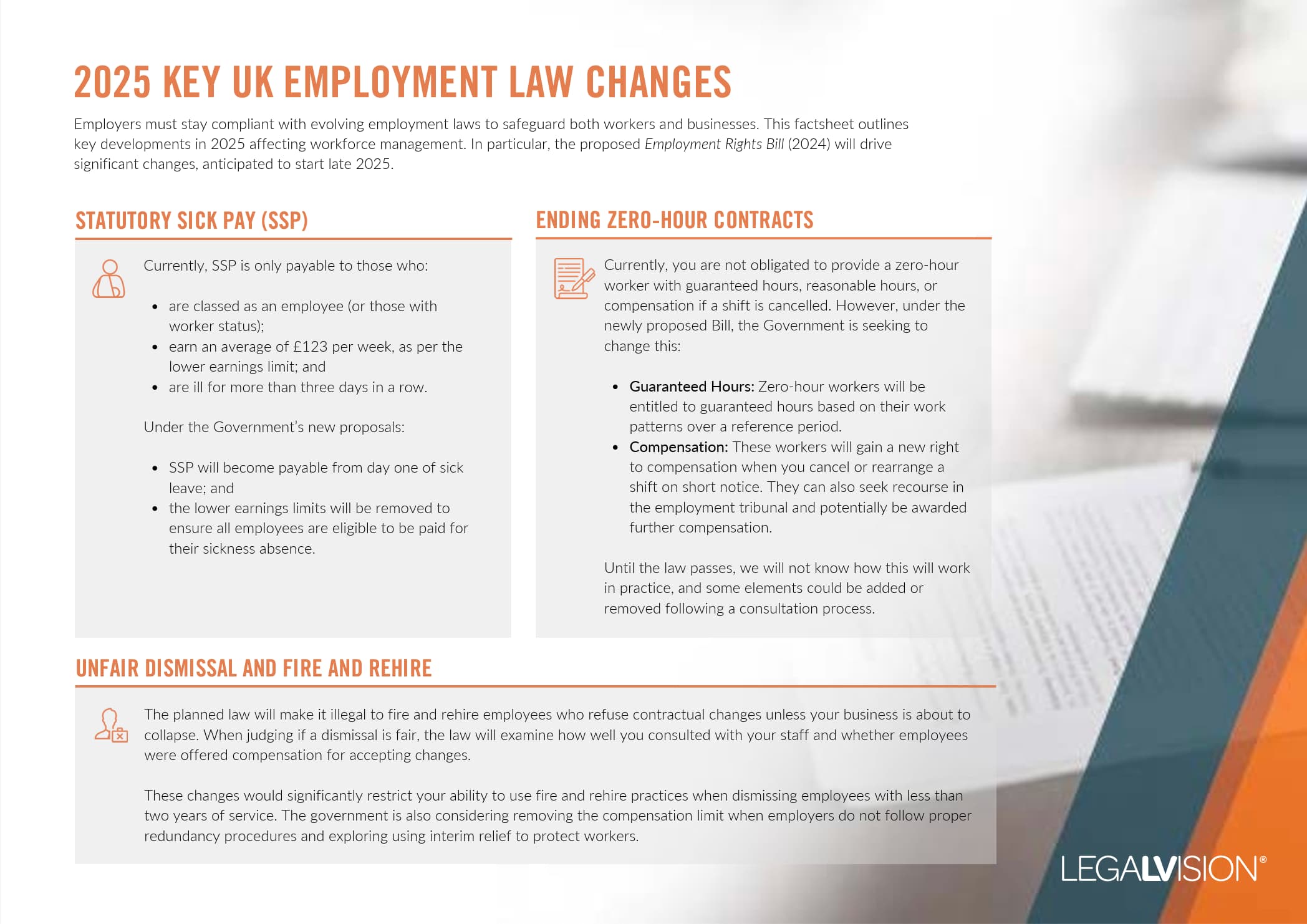Company administration is a crucial process for insolvent companies aiming to avoid liquidation. It allows them to restructure under the guidance of an appointed administrator. While this can potentially save a business, it often brings uncertainty, particularly for employees. Business owners must understand the complexities of employee rights during this period. They must ensure compliance with legal obligations and maintain workforce morale. This article will explore key employee rights during company administration in the UK.
Impact of Administration Process on Employees
When a company cannot pay its debts, it may enter administration. Here, an insolvency practitioner (the administrator) takes control to manage the company’s recovery.
The primary objectives of administration include:
- rescuing the company as a going concern;
- and achieving a better result for creditors than liquidation would.
Employees are significantly impacted during administration. The legal framework governing their rights aims to balance the interests of the company, creditors, and the workforce. Key areas include employment contracts, redundancy, consultation requirements, and statutory protections.
1. Employment Contracts and Benefits
Employment contracts remain in force during administration. Employees are entitled to their usual pay and benefits unless the administrator terminates them.
Employees may claim up to eight weeks of unpaid time from the National Insurance Fund if the company cannot pay wages. Administrators must also honour other benefits such as holiday pay and pension contributions.
Continue reading this article below the form2. Redundancy and Consultation
Administrators may need to reduce the workforce to cut costs. Employees dismissed due to redundancy are entitled to statutory redundancy payments if they have at least two years of continuous service. These payments focus on age, length of service, and weekly pay, subject to a statutory cap.
Employers must consult with employees or their representatives when considering redundancies. This process should begin at least 30 days before the first dismissal for 20 to 99 employees. It can also begin at least 45 days before the first dismissal for 100 or more employees.
Failure to consult adequately can result in claims for protective awards, which may require the company to pay up to 90 days’ full pay per affected employee.
3. Transfer of Undertakings (TUPE)
When a company in administration is sold, the Transfer of Understandings (Protection of Employment) Regulations 2006, otherwise known as TUPE, may apply.
TUPE protects employees by automatically transferring their contracts to the new owner. Employees retain their existing terms and conditions and gain protection against dismissal related to the transfer unless it is for an economic, technical, or organisational reason requiring changes in the workforce.
Both old and new employers must inform and consult with affected employees about the transfer and any measures the new employer intends to take.
4. Statutory Protections
UK employment law provides several protections for employees during company administration.
The first is Unfair Dismissal. Employees with at least two years of continuous service can claim this upon any dismissal involving unfair reasoning or unfair process.
The second involves protective awards. Employees can claim these if a company fails to consult appropriately before making redundancies. The maximum payment is 90 days’ full pay per employee.
The third involves guarantee payments. Any temporarily laid-off employee may be entitled to statutory guarantee payments, covering up to five days in any three-month period and capped at a specific daily rate.

This factsheet outlines key developments in 2025 affecting workforce management.
5. Administrator’s Duties
The appointed administrator must manage the company in the best interests of creditors while balancing employee needs. This includes making tough decisions like workforce reductions and restructuring while ensuring legal compliance.
Business owners should take several practical steps to manage employee rights effectively during administration, which include the following:
- Seek Professional Advice: Engage insolvency practitioners and expert lawyers early to understand legal obligations and develop a compliant strategy;
- Communicate Openly: Maintain transparent communication with employees, providing regular updates and addressing concerns promptly;
- Plan Redundancies Carefully: Ensure redundancies are planned and executed in compliance with statutory requirements, including consultation and fair selection processes;
- Prepare for TUPE: If a business sale is likely, prepare for TUPE implications to protect employees’ rights and follow the consultation process; and
- Monitor Employee Wellbeing: Recognise the administration’s impact on employee morale and wellbeing and consider support services like counselling or career transition assistance.
Key Takeaways
Company administration is a challenging period for business owners and employees alike. Business owners can navigate this process more effectively by understanding and respecting employee rights, ensuring legal compliance and maintaining workforce stability.
Engaging with employees respectfully and empathetically can help mitigate the adverse effects of administration, maintaining morale and productivity. By prioritising employee rights and wellbeing, business owners can comply with legal obligations and give the best chance of survival.
If you need legal assistance engaging in an administration process in the UK, LegalVision’s experienced corporate lawyers can assist as part of our LegalVision membership. For a low monthly fee, you will have unlimited access to lawyers to answer your questions and draft and review your documents. Call us today on 0808 196 8584 or visit our membership page.
We appreciate your feedback – your submission has been successfully received.











